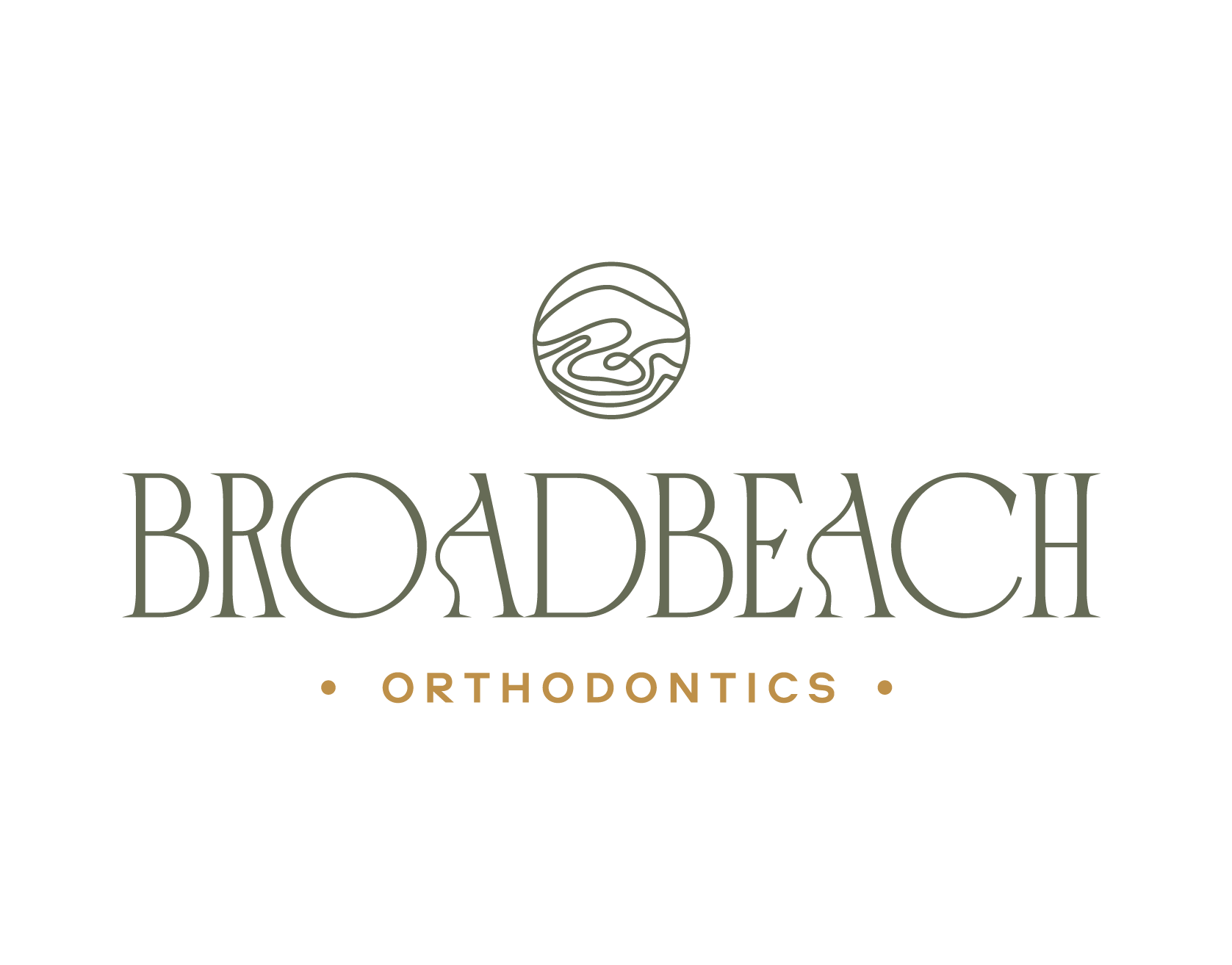Gaps between teeth, also known as diastemas, can be effectively treated with orthodontic methods. Here are some of the primary options and considerations for treating gaps between teeth:
Orthodontic Treatment Options for Gaps:
- Braces:
- Traditional Metal Braces: These are highly effective for closing gaps and aligning teeth. Metal brackets and wires apply consistent pressure to move teeth into the desired positions.
- Ceramic Braces: Similar to metal braces but less noticeable due to tooth-coloured or clear brackets.
- Lingual Braces: Attached to the back of the teeth, making them invisible from the front, though they may be less comfortable initially and harder to clean.
- Clear Aligners:
- Invisalign: These custom-made, clear plastic aligners are an effective and discreet option for closing gaps. The aligners are replaced every one to two weeks to gradually move the teeth.
- Other brands like ClearCorrect also offer similar treatments.
- Retainers:
- In some cases, particularly if the gaps are minor, a retainer may be sufficient to close the spaces. This is often a follow-up phase after braces or aligners to maintain results.
- Dental Bonding:
- A cosmetic procedure where tooth-coloured resin is applied and hardened with a special light to close gaps or reshape teeth. This is a quicker but less durable option than orthodontics.
- Veneers:
- Thin porcelain or composite resin shells are bonded to the front of the teeth to cover gaps. Veneers are a more permanent cosmetic solution but last on average for about 10-15 years, and may involve altering the natural teeth and long term maintenance.
Considerations:
- Severity and Cause of Gaps:
- The size and number of gaps, as well as the underlying cause (such as tooth size, jaw size, or habits like thumb sucking, an extra prominent thick fleshy gum tissue connecting the upper lip to the upper jaw called a frenum), will influence the treatment choice. Orthodontists will tailor the treatment based on these factors.
- Age of the Patient:
- Orthodontic treatments can be effective for both children and adults, but the approach might vary. In children, early intervention can sometimes prevent more extensive treatment later.
- Duration of Treatment:
- The time required to close gaps can range from a few months to a couple of years, depending on the chosen method and the individual’s dental condition.
- Cost and health fund coverage:
- The cost of treatment can vary widely. Braces and clear aligners may be more expensive than bonding, but they offer more comprehensive and lasting results. It’s essential to check with your health fund provider to confirm your coverage.
- Maintenance and Follow-Up:
- Post-treatment, wearing retainers is crucial to maintain the new position of the teeth and prevent gaps from reappearing. Regular dental check-ups
Orthodontists aim to close gaps between teeth for several reasons, encompassing both functional and aesthetic considerations. Here’s a detailed explanation:
Functional Reasons:
- Improved Bite and Chewing Efficiency:
- Gaps between teeth can lead to an improper bite (malocclusion), affecting how the upper and lower teeth come together. Correcting gaps can enhance chewing efficiency and reduce the risk of jaw strain and discomfort.
- Prevention of Dental Issues:
- Gaps can cause food to get stuck between teeth, leading to an increased risk of cavities and gum disease. Closing gaps can improve oral hygiene by making it easier to clean between teeth.
- Speech Improvement:
- Some gaps, especially those between the front teeth, can affect speech. Correcting these gaps can improve pronunciation and reduce speech impediments.
- Preventing Tooth Damage:
- Teeth that are not properly aligned can experience uneven wear, which can lead to damage over time. Closing gaps helps distribute biting forces more evenly, protecting teeth from excessive wear.
Aesthetic Reasons:
- Enhanced Smile Appearance:
- Aesthetics play a significant role in orthodontic treatment. Many patients seek treatment to improve the appearance of their smile, and closing gaps can contribute significantly to a more aesthetically pleasing and symmetrical smile.
- Boosted Self-Confidence:
- A gap-free smile may enhance a person’s self-esteem and confidence. Feeling good about one’s appearance can positively impact social interactions and overall well-being.
Health and Long-Term Benefits:
- Improved Oral Health:
- Proper alignment of teeth makes it easier to maintain good oral hygiene. Gaps can trap food particles, making it challenging to clean thoroughly, which can lead to plaque buildup, cavities, and gum disease.
- Stability of Teeth Alignment:
- Gaps can cause neighbouring teeth to shift over time, potentially leading to more complex alignment issues. Closing gaps helps stabilise the overall alignment of teeth.
- Bone and Gum Health:
- Properly aligned teeth support healthy gums and jawbone. Misaligned teeth and gaps can lead to bone loss around the teeth and receding gums.
Individualised Treatment:
- Orthodontists evaluate each patient’s unique dental structure and overall health to determine the necessity and method for closing gaps. They consider factors such as the cause of the gaps (genetics, missing teeth, thumb sucking, etc.), the patient’s age, and their specific dental health needs.
In summary, orthodontists close gaps to enhance both the functionality and aesthetics of the teeth, promoting better oral health, improved bite and chewing efficiency, and a more confident smile.





